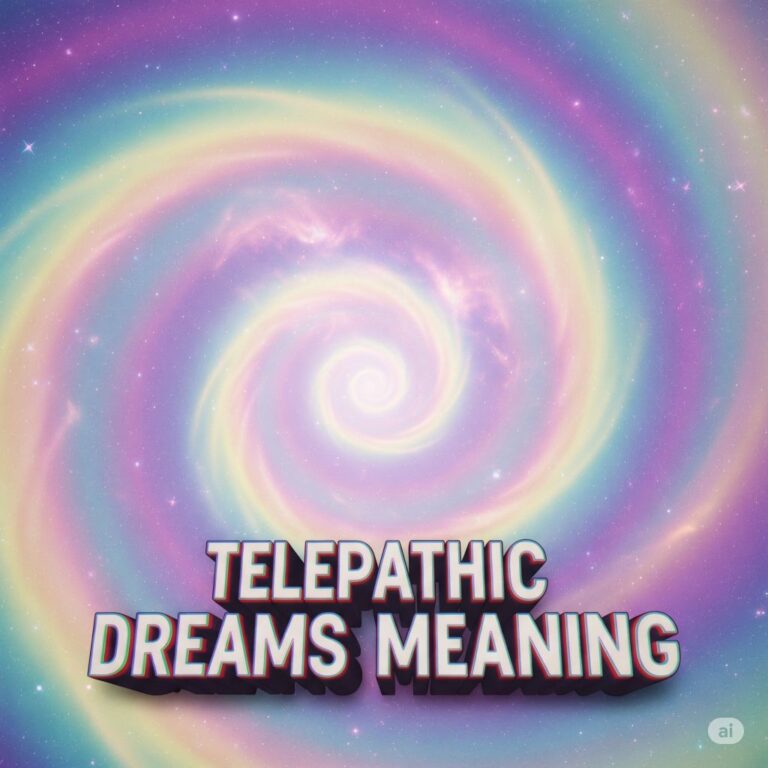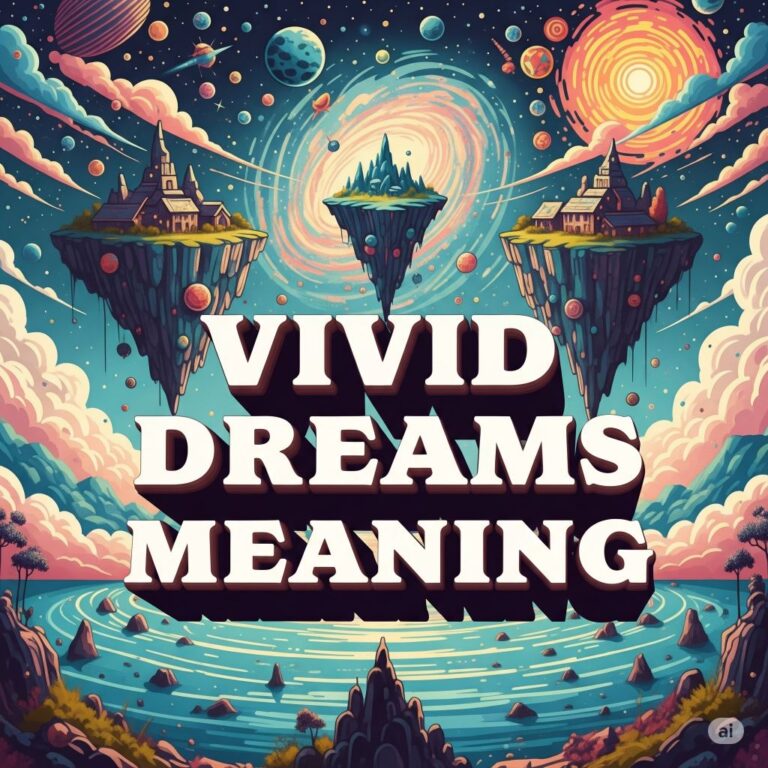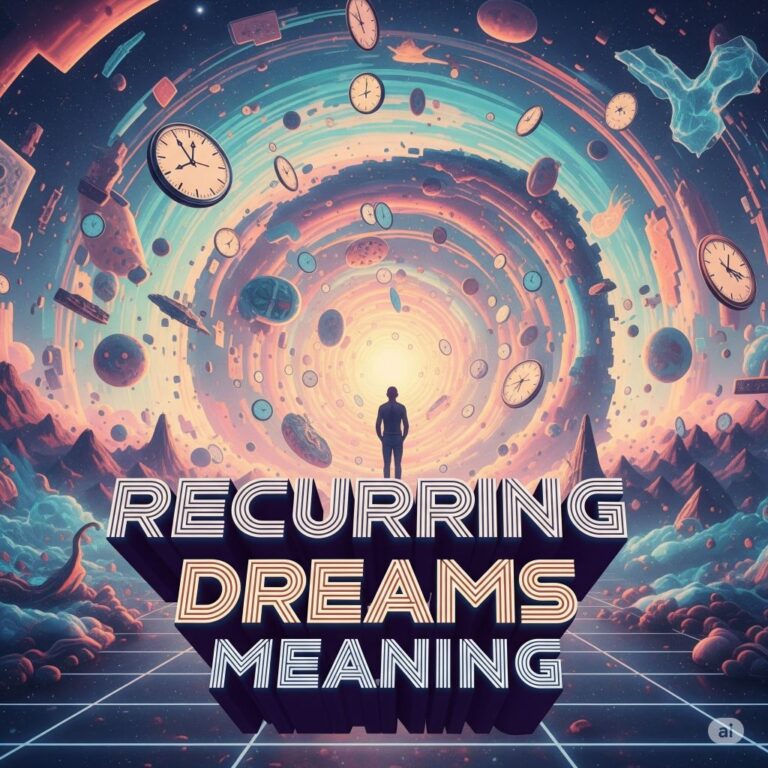
Inception dreams—dreams within dreams—represent one of the most fascinating and complex phenomena in the landscape of human dream experiences. These multi-layered dream states, where a dreamer awakens from one dream only to find themselves in another dream level, create a nested reality that challenges our perception of consciousness and often leaves a profound impression upon waking. Made widely popular by Christopher Nolan’s 2010 film “Inception,” these dreams have actually been documented throughout history and across cultures, predating their Hollywood portrayal by centuries.
This article explores the nature of inception dreams, examining their characteristics, psychological and neurological underpinnings, cultural interpretations, and their significance in understanding the deeper structures of human consciousness.
What Are Inception Dreams?
Inception dreams, also called “false awakening loops” or “nested dreams” in sleep research, are dreams where the dreamer experiences waking up from a dream only to discover they are still dreaming. This can occur in multiple layers, creating a dream within a dream (or several layers deep). The distinctive features of inception dreams include:
- Multiple Levels: The dreamer experiences distinct layers of dreams, often with a sense of “waking up” between layers.
- Increasing Realism: Deeper dream layers often feel more realistic, sometimes even more vivid than waking life.
- Complex Transitions: Movements between dream layers can be jarring, subtle, or completely seamless.
- Altered Time Perception: Time may flow differently across dream layers, with minutes in one layer potentially feeling like hours in another.
- Meta-Awareness: Often includes elements of lucidity or awareness about the dream state itself.
- Difficulty Distinguishing Reality: Upon final awakening, there may be temporary confusion about what is real.
The Science Behind Inception Dreams
From a neurological and psychological perspective, several theories help explain the mechanisms behind inception dreams:
1. Sleep Cycle Transitions
Inception dreams often occur during transitions between different sleep stages, particularly:
- REM to NREM Transitions: When the brain shifts from REM (Rapid Eye Movement) sleep to lighter sleep stages, consciousness may partially emerge without full waking, creating the false sensation of awakening within a dream.
- Micro-Awakenings: Brief, unremembered awakenings can create the sensation of waking up, only for the person to quickly re-enter dream sleep.
Table 1: Sleep Stages and Dream Characteristics
| Sleep Stage | Brain Wave Pattern | Typical Dream Features | Association with Inception Dreams |
|---|---|---|---|
| REM | Desynchronized, similar to waking | Vivid, story-like, emotional, bizarre | Primary stage for inception dream core layers |
| N1 (NREM) | Theta waves | Hypnagogic imagery, fragmented | Often where false awakenings begin |
| N2 (NREM) | Sleep spindles, K-complexes | Less recall, more mundane | Transitional stage in inception sequences |
| N3 (NREM) | Delta waves (slow wave) | Minimal dreaming, abstract thoughts | Rarely involved in inception dreams |
2. Brain Activation Patterns
Neuroimaging studies suggest that inception dreams may involve unique patterns of brain activation:
- Prefrontal Cortex: Partial activation of areas responsible for self-awareness and reality testing.
- Default Mode Network: The brain network active during self-reflection shows altered patterns during complex dreams.
- Temporoparietal Junction: Areas involved in out-of-body experiences and perspective shifts show increased activity.
3. Memory Processing
The nested structure of inception dreams may reflect how the brain processes and consolidates memories during sleep:
- Memory Reconsolidation: The brain may be actively processing memories within multiple frameworks.
- Contextual Shifts: Each dream layer might represent a different memory context or emotional frame.
- Parallel Processing: The brain may be simultaneously processing different types of memories in parallel streams that appear as discrete dream layers.
Psychological Interpretations
Different psychological traditions offer various interpretations of inception dreams:
1. Psychoanalytic Perspective
In psychoanalytic theory, inception dreams may represent:
- Defense Mechanisms: Multiple dream layers as protection against threatening unconscious material.
- Psychic Depth: Different layers corresponding to increasingly deeper levels of the unconscious mind.
- Wish Fulfillment: Each layer potentially fulfilling different unconscious desires.
2. Cognitive Perspectives
Cognitive psychologists view inception dreams as manifestations of:
- Mental Schemas: Reflections of how the mind organizes and categorizes information.
- Reality Testing: The brain practicing distinction between reality and imagination.
- Problem-Solving: Working through complex problems requiring multiple levels of analysis.
3. Existential Interpretations
From an existential viewpoint, inception dreams often trigger profound questions about:
- Nature of Reality: Questioning what constitutes “real” experience.
- Identity and Consciousness: Examining the nature of the self across different states.
- Control and Free Will: Exploring boundaries between determinism and agency.
Cultural and Spiritual Perspectives
Across cultures and throughout history, inception dreams have held special significance:
1. Historical Documentation
- Ancient Egypt: Hieroglyphic texts describe “dreams of awakening” where dreamers moved through multiple realms.
- Tibetan Dream Yoga: Advanced practitioners describe navigating multiple dream layers as part of spiritual practice.
- Indigenous Traditions: Many shamanic traditions recognize dreams within dreams as journeys through different spiritual planes.
2. Spiritual Significance
Many traditions attribute special meaning to inception dreams:
- Levels of Consciousness: Representing journeys through different levels of awareness or spiritual realms.
- Soul Travel: Some traditions interpret these as the soul traveling through various planes of existence.
- Prophetic Significance: Often considered more significant or prophetic than single-layer dreams.
Table 2: Cultural Interpretations of Inception Dreams
| Culture/Tradition | Interpretation | Significance |
|---|---|---|
| Tibetan Buddhism | Dream yogis navigate through illusory layers of reality | Training to recognize the illusory nature of all reality |
| Islamic Dream Tradition | Dreams within dreams may contain messages from deeper spiritual sources | Potentially more significant divine communication |
| Australian Aboriginal | Journeys through different layers of the Dreamtime | Accessing ancestral wisdom and timeless knowledge |
| Hindu Philosophy | Maya within maya (illusion within illusion) | Revealing the nested nature of cosmic illusion |
| Western Esoteric | Astral travel through multiple planes | Evidence of consciousness beyond physical limitations |
Common Themes and Patterns in Inception Dreams
Certain themes and elements appear frequently in reported inception dreams:
1. Recurring Settings
- Bedroom/Home: Most inception dreams begin with a false awakening in the dreamer’s actual bedroom.
- Transitional Spaces: Elevators, staircases, doors, and hallways often serve as passages between dream layers.
- Increasingly Unfamiliar: Each deeper layer often becomes more surreal or detached from waking reality.
2. Emotional Progression
- Increasing Anxiety: Many reporters describe growing unease as they move through multiple false awakenings.
- Sense of Entrapment: Fear of being unable to wake up completely is common.
- Profound Wonder: Others report feelings of awe, curiosity, or profound insight.
3. Reality Checks
- Environmental Anomalies: Subtle details being “wrong” (e.g., clocks not working, text changing).
- Physical Sensations: Unusual heaviness, lightness, or disconnection from the body.
- Memory Gaps: Inability to recall how one arrived at the current situation.
Practical Applications and Understanding
Knowledge about inception dreams has several practical applications:
1. Lucid Dreaming Development
Inception dreams often serve as gateways to lucid dreaming (awareness that one is dreaming while within the dream):
- Recognition Opportunity: False awakenings provide a prime opportunity to recognize the dream state.
- Reality Testing: Regular reality testing can help dreamers identify when they’re in an inception dream.
- Stabilization Techniques: Methods exist to stabilize and navigate between dream layers consciously.
2. Psychological Insight
These complex dreams can offer valuable psychological insights:
- Anxiety Patterns: Recurring inception dreams may reveal underlying anxiety about control or reality.
- Cognitive Flexibility: The ability to navigate multiple dream levels may reflect cognitive adaptability.
- Memory Integration: These dreams might represent the mind integrating complex or conflicting memories.
3. Creative Inspiration
The nested structure of inception dreams has inspired numerous creative works:
- Literature: From Jorge Luis Borges to Philip K. Dick, inception-like structures appear throughout literature.
- Film: Beyond Nolan’s “Inception,” films like “Waking Life” and “Paprika” explore similar territory.
- Virtual Reality: Multi-layered virtual experiences often draw inspiration from inception dream structures.
Distinguishing Features from Similar Phenomena
Inception dreams share characteristics with, but remain distinct from, several related phenomena:
Table 3: Comparison of Inception Dreams to Related Phenomena
| Phenomenon | Similarities | Key Differences |
|---|---|---|
| Lucid Dreams | Awareness of dream state | Lucidity involves knowing you’re dreaming; inception dreams often lack this awareness until final awakening |
| Sleep Paralysis | Blurred boundary between sleep/wake | Sleep paralysis involves waking consciousness while the body remains in REM atonia |
| False Awakening | Dreaming of waking up | Single false awakening vs. multiple nested layers in inception dreams |
| Recursive Dreams | Repetitive dream elements | Recursion involves repeating patterns rather than discrete layers |
| Out-of-Body Experiences | Perception shifted from normal body location | OBEs involve perception from outside the body rather than nested dream realities |
Conclusion
Inception dreams represent one of the most intriguing frontiers in our understanding of human consciousness and the dreaming mind. These multi-layered experiences challenge our perception of reality, memory, and the nature of awareness itself. While popularized by modern cinema, they have been recognized across cultures and throughout history as significant phenomena worthy of attention.
From a scientific perspective, inception dreams provide valuable insights into the complex neurological processes underlying sleep and consciousness. From psychological and spiritual viewpoints, they offer profound opportunities for self-exploration and understanding the multi-faceted nature of human experience.
Whether approached as neurological curiosities, psychological phenomena, or spiritual journeys, inception dreams remind us that consciousness is far more complex and fluid than our waking lives might suggest. In their nested layers, we may find not only fascinating dream experiences but also deeper insights into the nature of mind itself.






